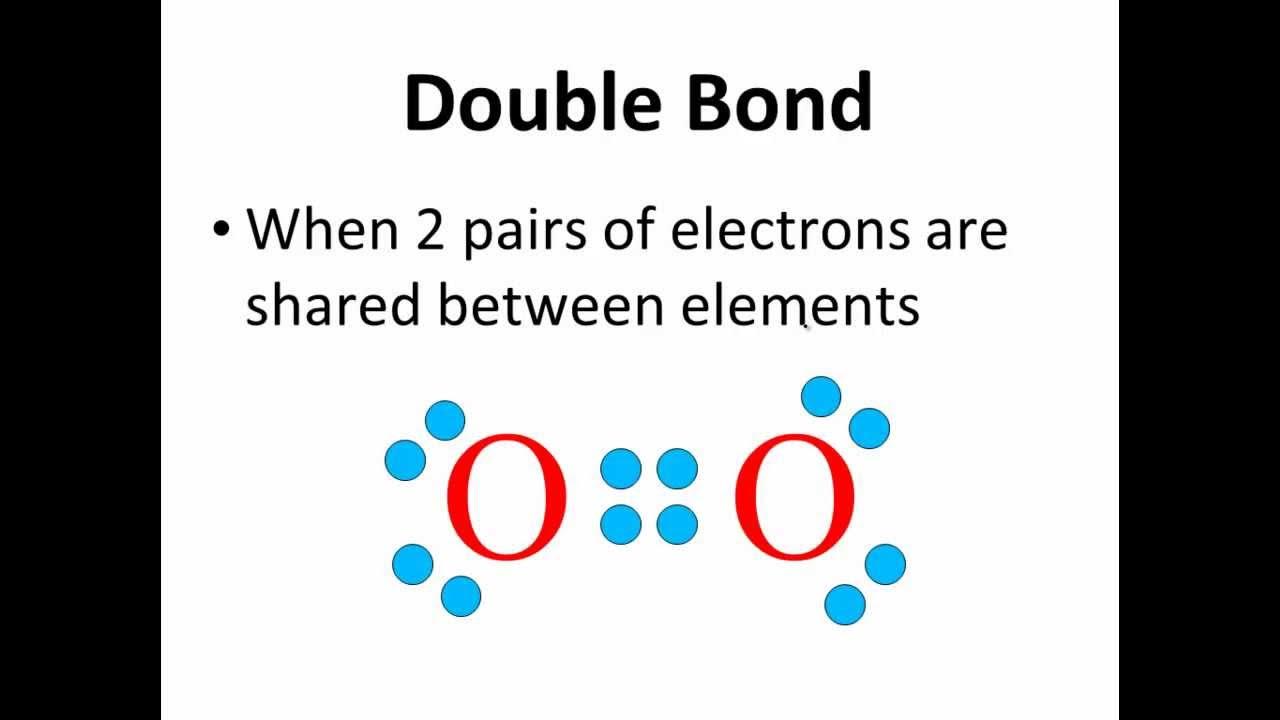How to (and how not to) use Rust-oleum Mirror effect spray for a traditional painted glass sign
Summary
TLDRIn this video, Lewis from Letterhead explores the process of creating a mirror reflective sign on glass. He starts by cleaning a 36-inch by 9-inch piece of glass and cutting a reverse stencil for acid etching. After several trials, including a failed attempt at applying mirror spray too thickly, Lewis successfully etches the design and applies a black background color. He then carefully applies mirror spray in thin, even coats, resulting in a unique, textured reflective finish. The video is a detailed tutorial on glass etching and reflective sign making, complete with helpful tips and a demonstration of the learning process.
Takeaways
- 🎨 The video is a DIY tutorial focused on creating a sign using mirror reflective spray on glass.
- 🧼 It emphasizes the importance of thoroughly cleaning the glass with soapy water and methylated spirit to avoid residue that can interfere with adhesion.
- ⚠️ The presenter warns against using Windex or similar products for cleaning as they leave a residue that can prevent materials like vinyl from sticking.
- 🖼️ The process involves creating a stencil in reverse to be applied to the back of the glass, ensuring the design appears correctly when viewed from the front.
- 💡 The use of armor etch, a strong etching cream, is demonstrated for creating the design on the glass, with caution advised due to its potent fumes.
- 🚫 A mistake is highlighted where excessive application of the mirror spray led to failure, underscoring the need for thin, even coats.
- 🎭 The video details a method for applying vinyl to glass using application tape and a 'steamroller' technique for smooth application.
- 🖌️ It showcases the use of Ronan's one-stroke black paint for the background, applied thickly to ensure coverage and prevent show-through.
- 🕒 The tutorial points out the need for patience, as the paint must be dry to a certain extent before the stencil can be removed without damaging the design.
- ✨ The final result is a unique, mirror-effect sign with a grainy texture, achieved through multiple thin coats of mirror spray and a clear coat lacquer.
Q & A
What is the purpose of the video?
-The purpose of the video is to demonstrate the process of creating a sign using mirror reflective spray on glass.
What type of glass is used in the video?
-A piece of glass that is 36 inches by 9 inches high and 3/16 inches thick is used.
Why is it important to clean the glass properly before starting the project?
-Proper cleaning of the glass is important to remove dirt and prevent residue that could interfere with the adhesion of the vinyl and the mirror spray.
Why shouldn't Windex or similar products be used to clean the glass?
-Windex or similar products should not be used because they leave a residue that can prevent vinyl and the mirror spray from sticking properly.
What is the significance of the stencil being in reverse?
-The stencil needs to be in reverse because it is applied to the back of the glass and viewed from the front, so the design appears correct when viewed normally.
What is the etching method used in the video?
-The etching method used is an acid etch with a product called Armor Etch.
What precautionary measures are taken while using the etching cream?
-The creator takes precautions such as wearing gloves, a long-sleeve shirt, and ensuring good ventilation to minimize exposure to fumes from the etching cream.
Why did the first attempt at applying the mirror spray fail?
-The first attempt failed because the spray was applied too thickly, which caused it to peel up the vinyl and create pools of spray, ruining the application.
What is the 'steamroller effect' mentioned in the video?
-The 'steamroller effect' is a technique used to apply application tape to vinyl by rolling it out flat using a cylindrical object, ensuring it adheres properly without wrinkles.
How does the video creator apply the vinyl to the glass?
-The creator applies the vinyl to the glass using a dry application method, which involves sticking the vinyl with application tape onto the glass and then using a squeegee to secure it before removing the backing paper.
What paint is used for the background color, and why was it chosen?
-Ronan's One Stroke black paint is used for the background color because it works well for the project, providing a thick coat that dries to a non-sticky finish suitable for the mirror spray.
What is the final outcome of the mirror spray application?
-The final outcome is a sign with a black grainy texture that is not fully mirror-like as expected but still aesthetically pleasing.
Outlines

This section is available to paid users only. Please upgrade to access this part.
Upgrade NowMindmap

This section is available to paid users only. Please upgrade to access this part.
Upgrade NowKeywords

This section is available to paid users only. Please upgrade to access this part.
Upgrade NowHighlights

This section is available to paid users only. Please upgrade to access this part.
Upgrade NowTranscripts

This section is available to paid users only. Please upgrade to access this part.
Upgrade NowBrowse More Related Video

Motorcycle Rearview Mirror Factory Tour - How is Motorcycle Rearview Mirror Made?

3D modeling in Blender: Tiffany & Co. Perfume bottle

Physics - Waves - Reflection in a Plane Mirror

TEAL_13 Reflective Teaching

Sense of self and the "mark test" - infant and chimpanzee results

Lewis Dot Structures for Covalent Compounds - Part 1 CLEAR & SIMPLE
5.0 / 5 (0 votes)